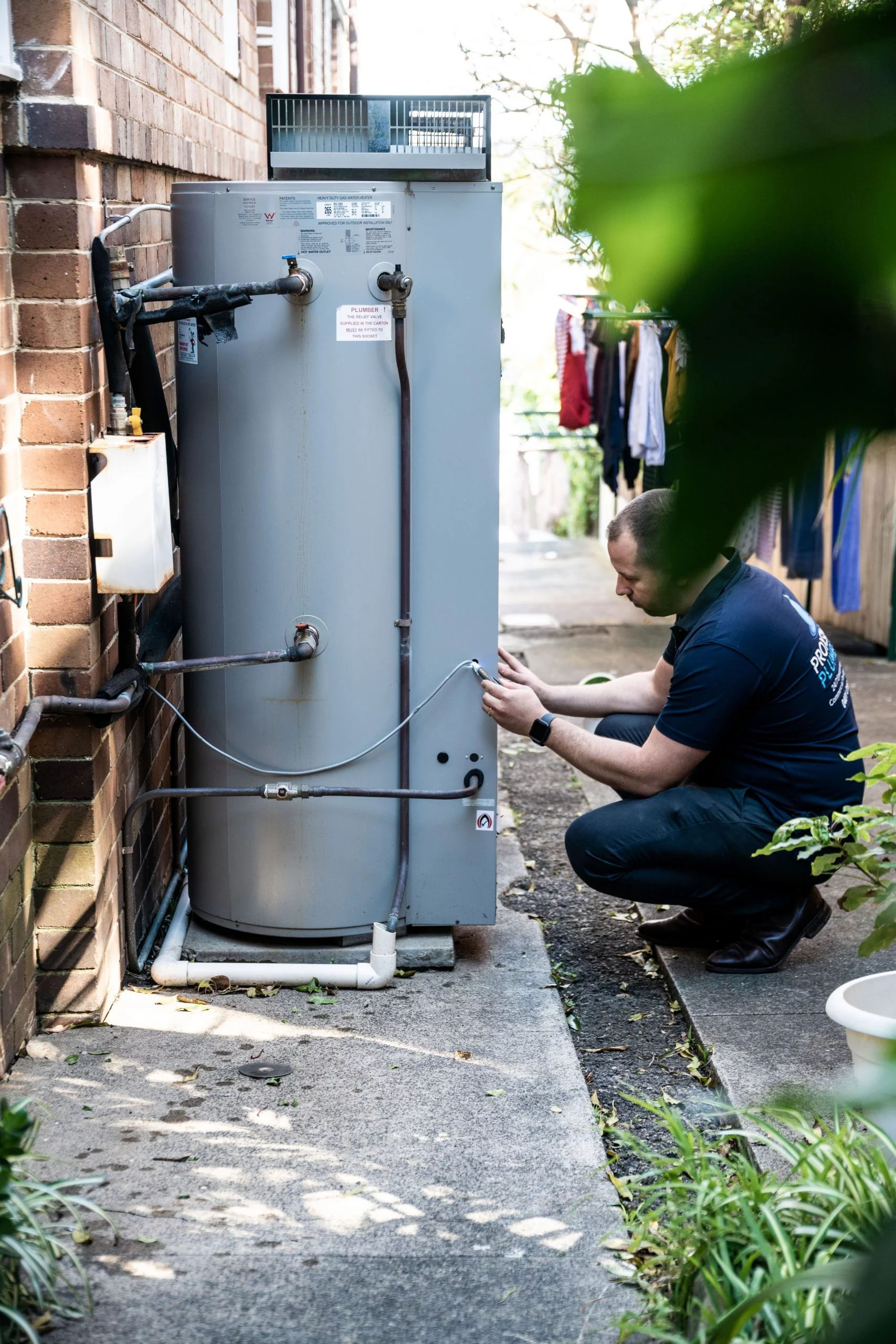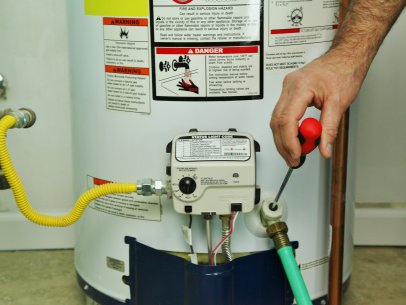What're your beliefs about Tips on Maintaining a Water Heater?

Hot water is necessary for daily convenience, whether it's for a revitalizing shower or washing recipes. To ensure your warm water system runs efficiently and lasts longer, routine upkeep is essential. This write-up provides functional tips and insights on just how to keep your home's hot water system to stay clear of disruptions and expensive fixings.
Introduction
Maintaining your home's warm water system might seem daunting, but with a couple of straightforward steps, you can ensure it runs smoothly for years to find. This overview covers every little thing from understanding your hot water system to do it yourself upkeep suggestions and understanding when to call professional assistance.
Value of Keeping Your Warm Water System
Regular maintenance not just expands the life-span of your warm water system but also ensures it operates successfully. Disregarding upkeep can lead to decreased efficiency, higher energy expenses, and also early failing of the system.
Indicators Your Warm Water System Demands Upkeep
Recognizing when your warm water system needs attention can avoid major problems. Watch out for indications such as irregular water temperature level, strange noises from the heating system, or corroded water.
Purging the Hot Water Heater
Purging your hot water heater removes sediment buildup, improving efficiency and extending its life.
Checking and Changing Anode Rods
Anode rods protect against deterioration inside the tank. Inspecting and replacing them when worn is vital.
Facility Issues Requiring Expert Assistance
Instances consist of significant leakages, electric problems, or if your hot water heater is continually underperforming.
Routine Expert Upkeep Conveniences
Professional upkeep can include thorough inspections, tune-ups, and ensuring compliance with safety and security requirements.
Checking and Readjusting Temperature Setups
Readjusting the temperature level settings ensures ideal performance and safety and security.
Do It Yourself Tips for Maintenance
You can perform several upkeep tasks on your own to keep your hot water system in top problem.
Checking for Leakages
Regularly examine pipelines and connections for leaks, as these can result in water damage and higher expenses.
Recognizing Your Hot Water System
Before diving right into maintenance tasks, it's useful to recognize the fundamental elements of your hot water system. Typically, this consists of the water heater itself, pipes, anode rods, and temperature level controls.
Regular Monthly Upkeep Tasks
Routine monthly checks can aid catch small issues before they rise.
Evaluating Stress Relief Valves
Checking the stress relief valve guarantees it functions properly and avoids excessive stress accumulation.
Protecting Pipes
Protecting warm water pipelines minimizes warm loss and can conserve energy.
When to Call an Expert
While do it yourself maintenance is valuable, some issues need professional competence.
Conclusion
Routine maintenance of your home's warm water system is necessary for efficiency, durability, and price financial savings. By following these pointers and understanding when to look for specialist assistance, you can ensure a reliable supply of warm water without unexpected interruptions.
How to Maintain an Instant Hot Water Heater
Before tinkering with your hot water heater, make sure that it’s not powered on. You also have to turn off the main circuit breaker and shut off the main gas line to prevent accidents. Also turn off the water valves connected to your unit to prevent water from flowing into and out of the appliance. 2. When you’re done, you have to detach the purge valves’ caps. These look like the letter “T†and are situated on either side of the water valves. Doing so will release any pressure that has accumulated inside the valves while at the same time avoid hot water from shooting out and burning your skin. 3. When the purge valves’ caps are removed, you have to connect your hosing lines to the valves. Your unit should have come with three hoses but if it didn’t, you can purchase these things from any hardware or home repair shops. You can also get them from retail stores that sell water heating systems. Read the user’s manual and follow it to complete this task properly. When the hosing lines are connected, open the purge port’s valves. 4. You should never use harsh chemical cleaners or solutions when cleaning your unit. Make use of white vinegar instead. It should be undiluted and you’ll probably use about 2 gallons. 5. Now flush your water heater. This task should probably take about 40 minutes. We can’t give you specific directions for this because the procedure is carried out depending on the type, model and brand of your heater. With that being said, refer to the user’s manual. 6. When you’re done draining the unit, you have to turn off the purge port valves again. Remove the hosing lines that you earlier installed on each of the water valves. Put the valve caps (purge port) back in their respective places and be very careful so as not to damage the rubber discs that are found inside these caps. 7. Now that everything’s back in place, check your user’s manual again to find out how to reactivate your water heating system. 8. Once it is working, turn one of your hot water faucets on just to let air pass through the heater’s water supply pipes. Leave the tap on until water flows smoothly out of it. https://www.orrplumbing.com/blog/2014/september/how-to-maintain-an-instant-hot-water-heater/

I ran across that piece of writing on Tips For Maintaining Your Hot Water Heater while perusing the search engines. Are you aware of another individual who is involved in the niche? Why not share it. Thanks a lot for going through it.
Click Here